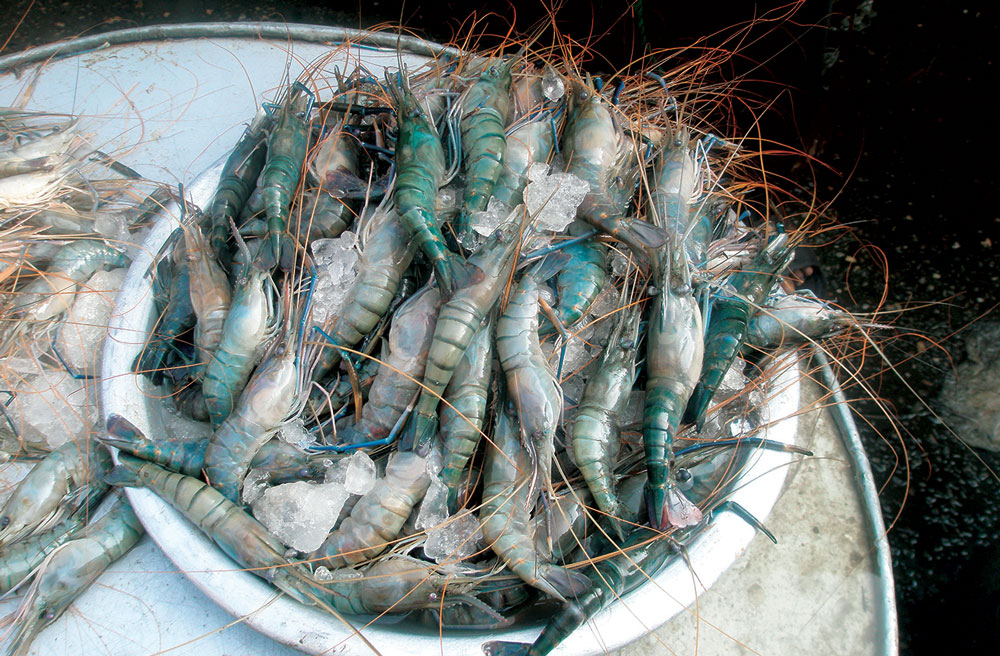Prawn and shrimp production in southwest Bangladesh ‘is crucial to public health and prosperity, whilst being climate-resilient’, according to a new study into the industry.
Carried out by The University of Stirling’s Institute of Aquaculture and partners over four years, the study is based on findings from quantitative and qualitative data collected from 240 households and 160 shrimp-prawn farms in four different communities.
It says: “Contrary to criticism in recent years of the impact of export-driven prawn and shrimp farming on communities and the environment in Bangladesh, the study found that a relatively small amount was exported, providing important income for communities, and other fish production had a low impact on the environment, whilst providing crucial nutrition.”
Researchers found that only 20-40 per cent of all the fish produced – the shrimp and prawn – was destined for export, with a high diversity of other fish being produced, sold and consumed locally in mainly small-scale enterprises.
PhD researcher Abdullah-Al Mamun, lead author of a paper presenting the findings, said: “There has been very little research into the detail of what’s happening on the ground in Bangladesh, to counterbalance global discourse about food security and trade liberalisation. There has been criticism of the effect of prawn and shrimp export on communities and the environment.
“This study is important, because it shows that the family-driven, polyculture system currently in operation in southwest Bangladesh actually safeguards household nutrition and income, whilst requiring far fewer inputs than the intensive systems in operation in other places, making it better for the environment.”
Four areas of gher dikes (where rice, fish and vegetables are grown together) were studied: high saline (coastal), medium saline, low saline and freshwater (inland). Forty households farming fish from each area were chosen at random, and underwater biodiversity was measured.
Dr Mamun said: “As well as prawn and shrimp, we found 52 other fish species growing in the water across the four areas, which is surprisingly diverse, as well as a range of vegetables. The prawn and shrimp for export brought in the highest price for households. The other 52 fish species and the vegetables were consumed and sold locally.”
The study also found that very few inputs were needed to grow the fish, making the impact on the environment low. It was overseen by Professor Dave Little at the Institute of Aquaculture.
He said: “The data-set in this study was of an extremely high quality. The results send a clear message that consumers can safely eat Bangladeshi shrimp, knowing they are also supporting local people being able to eat more nutritionally valuable seafood.”




